Birth of a Coral Reef
 May 8, 2021
May 8, 2021
Mass coral spawning is a rare natural spectacle that few have the privilege to witness. Hantu Blog volunteer, Min Hui Khoo, has been hard on the heels of this year’s mass coral spawning event.
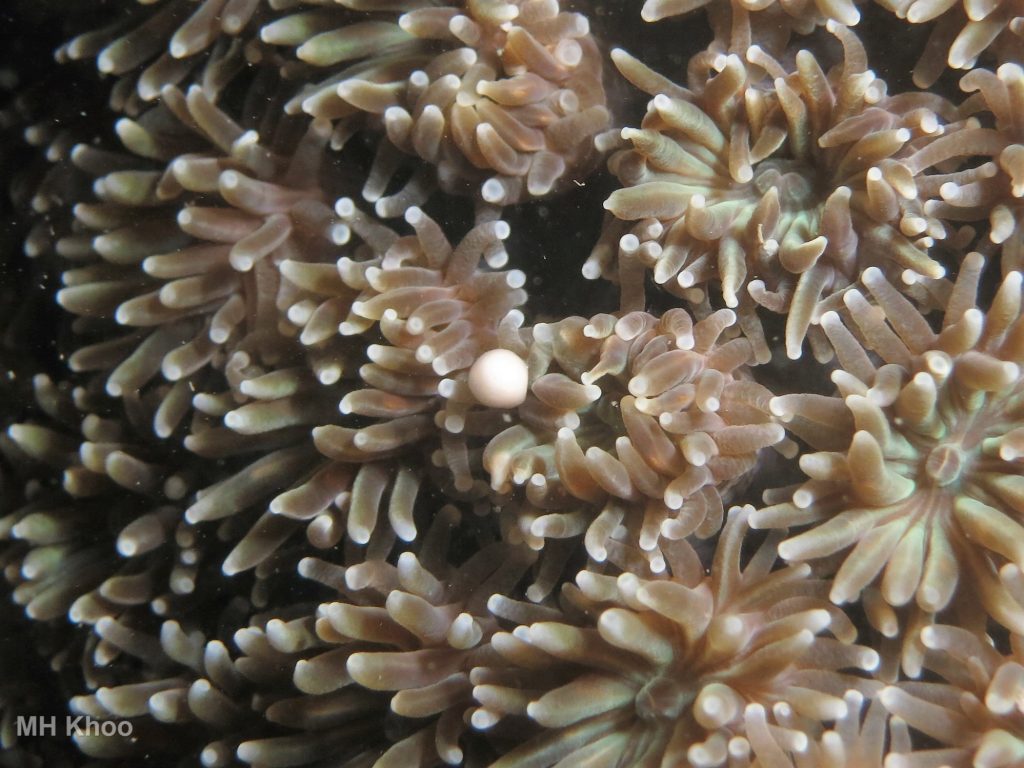
By Min Hui Khoo: I have logged over 1300 dives in Singapore. This was not my first time diving Pulau Satumu. I’ve done several research dives here. In 2021 I’ve did a total of 7 dives over 4 consecutive days for coral spawning in Singapore.
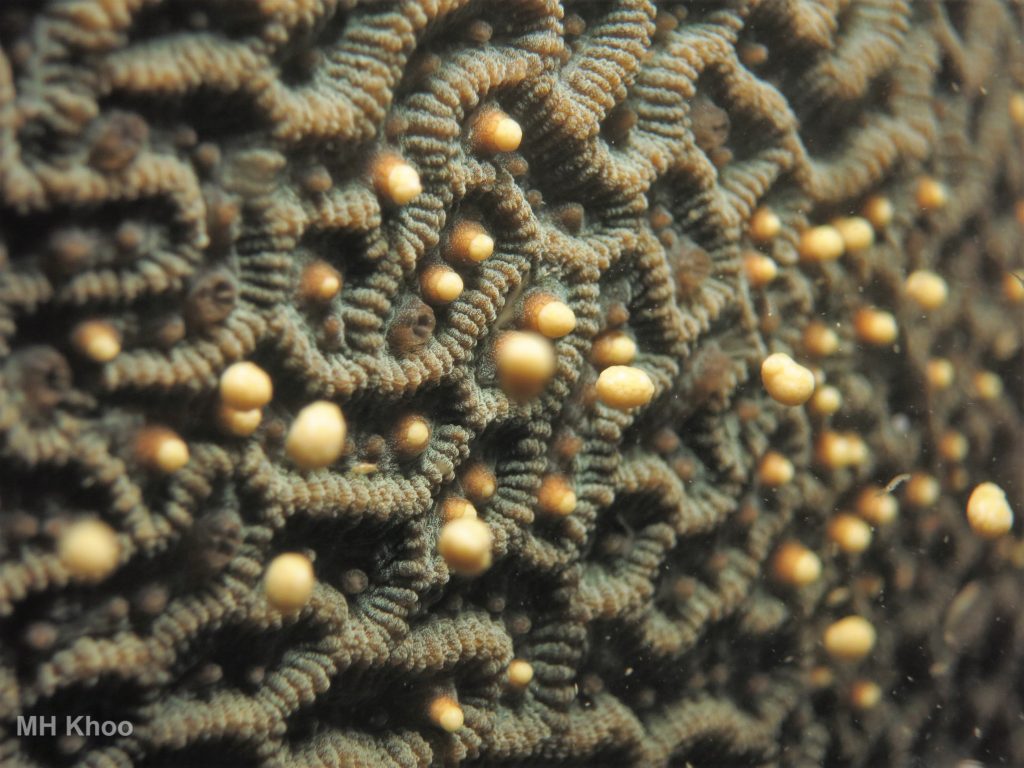
Coral spawning is such a rare event which only happens once or twice a year, and during the dive I get to witness the primordial process by which a massive coral reef is formed from millions of tiny coral eggs.
Min Hui Khoo
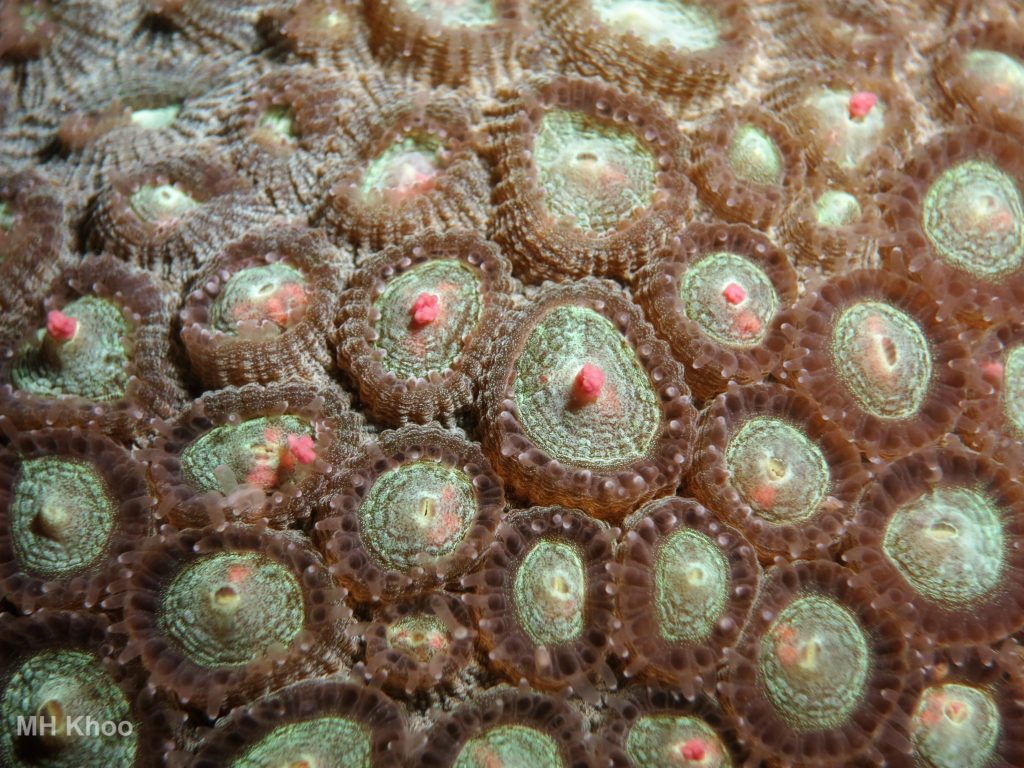
I had expected to see more corals spawning at Pulau Satumu but surprisingly I didn’t see as much as I had expected, compared to the same time last year. I also felt that there were fewer coral colonies spawning at Pulau Hantu this year.
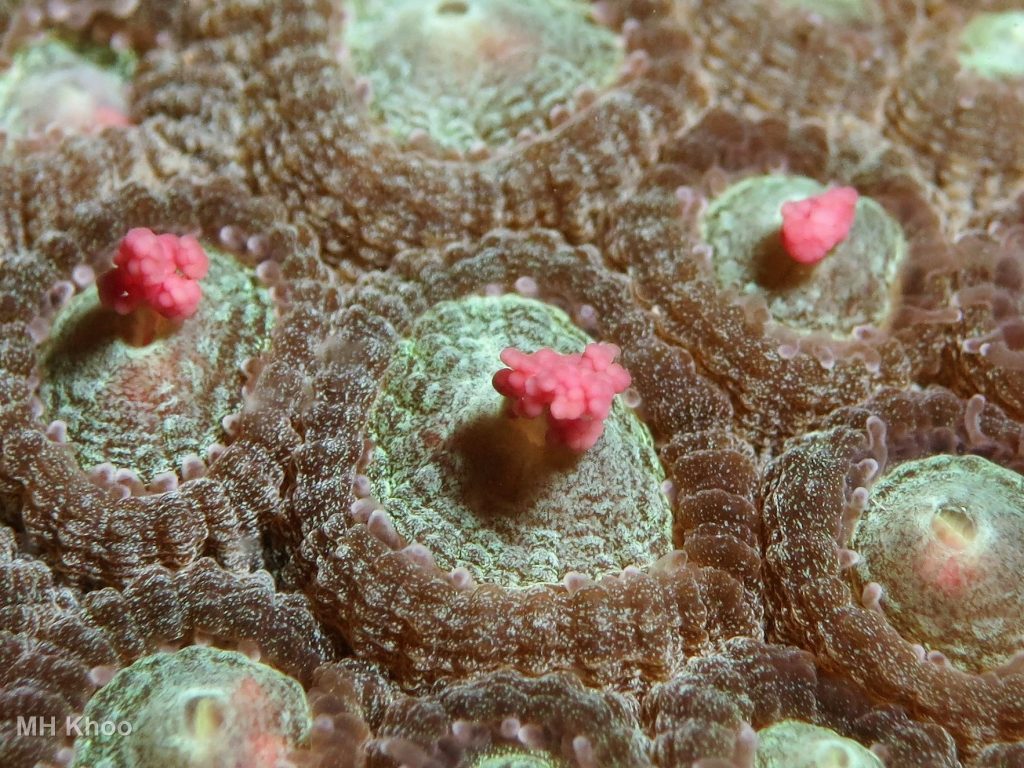
The first dive started at about 6:30pm as transects needed to be laid when there was still daylight, and the second dive of that day started about 7:45pm. Coral spawning dives are generally longer dives compared to leisure dives as we are literally waiting along the transects, for the corals to start spawning. Some genus or species will release all their eggs in a single moment, while others can have visible eggs setting, and only release the eggs after 1 to 2hours! There were some early spawners which released their eggs at around 7:30pm, while most of the spawning was observed between 8:30pm to 10pm.
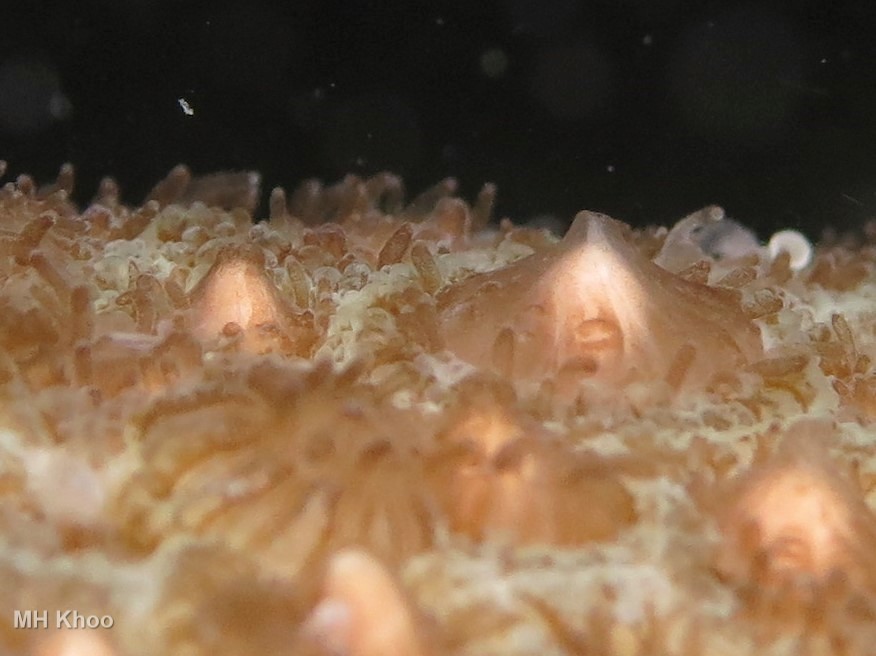
While waiting for colonies with eggs setting, I would swim around along the transect line to search for other spawning coral colonies, only to return and find out that the colony with setting eggs had released its eggs after I had been away for just 20 minutes!
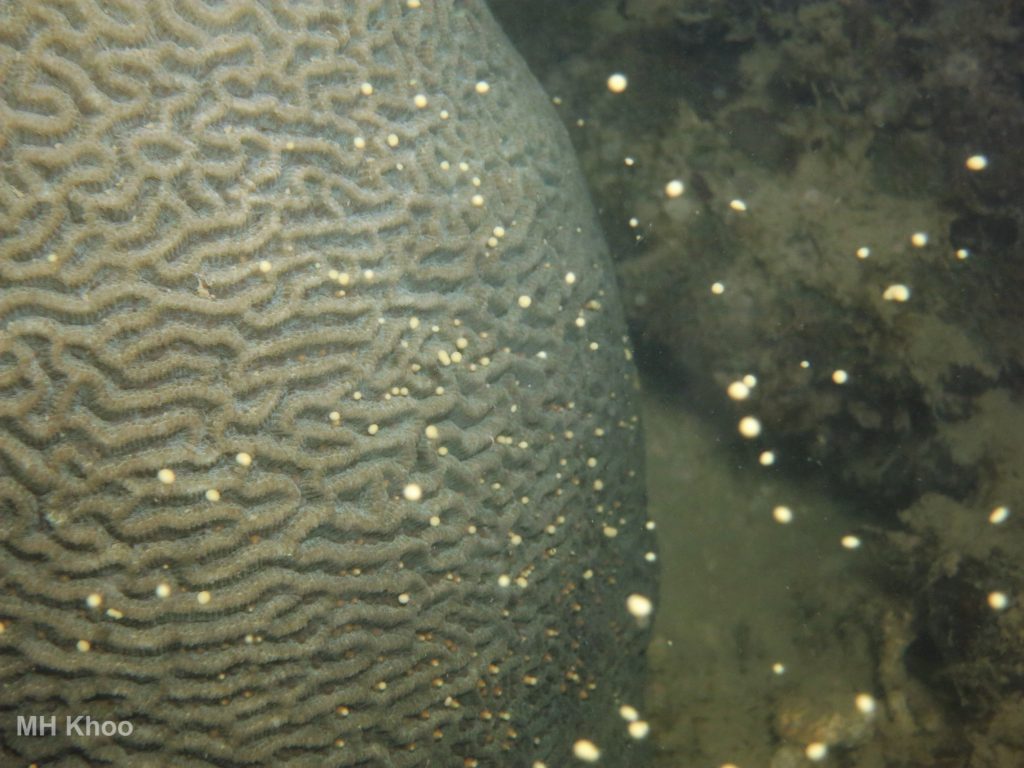
Coral spawning was observed at or shallower than the coral transect line which was laid by another diver at about 3m deep. It was quite hard to photograph the coral spawning as being in the shallow reef, there can be a lot of wave action movement that makes it very difficult to stay still to shoot photos.
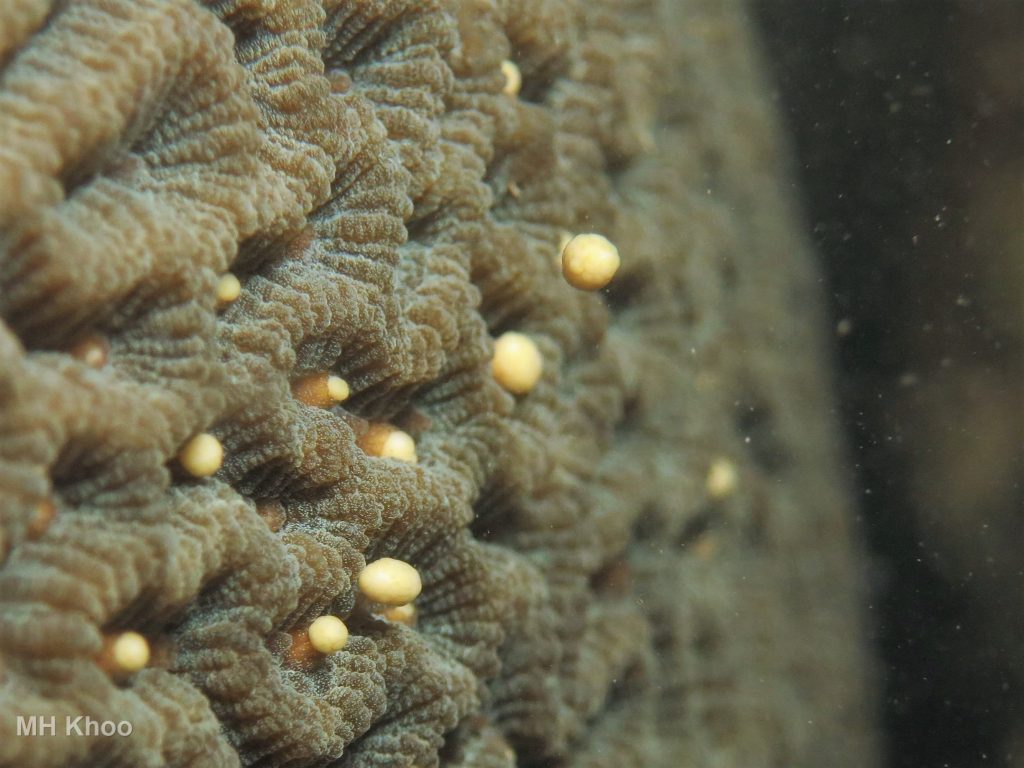
I was hoping to capture some very close up macro photos and videos of the coral polyp at the exact moment of releasing the eggs. That will obviously show that coral is an animal which breeds by releasing eggs as well.
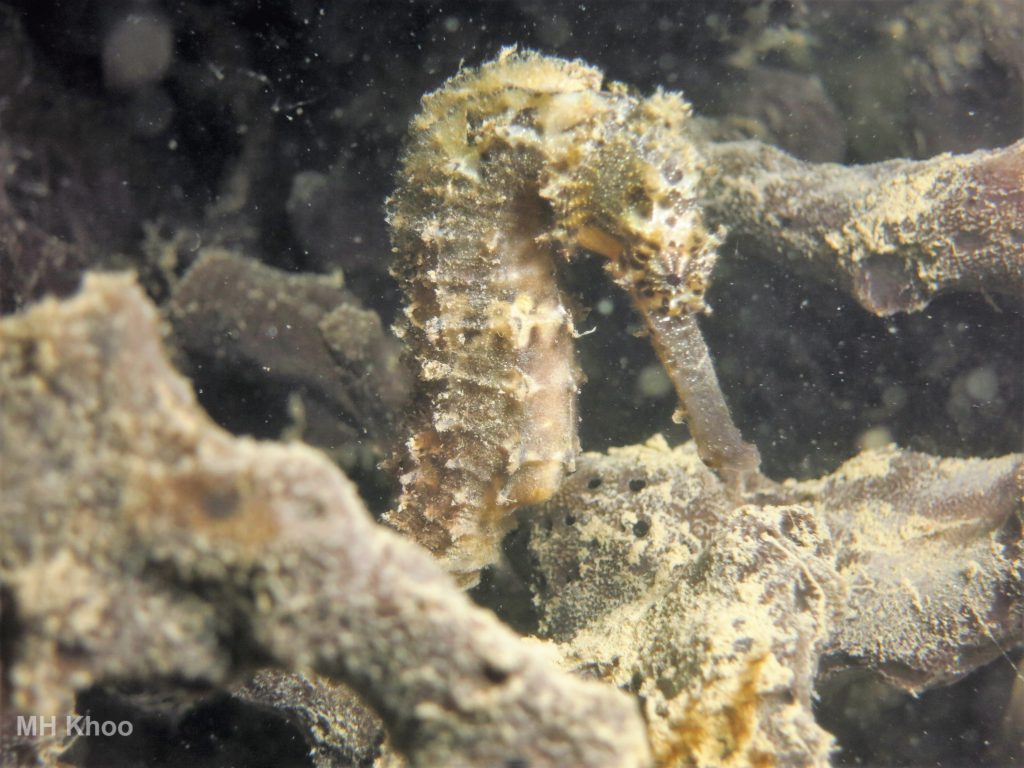
I also helped NParks to lay the fish transect line, which was laid at a depth of 7m, and took photos of other observations on marine life.
The fish transect was laid at about 7m deep.
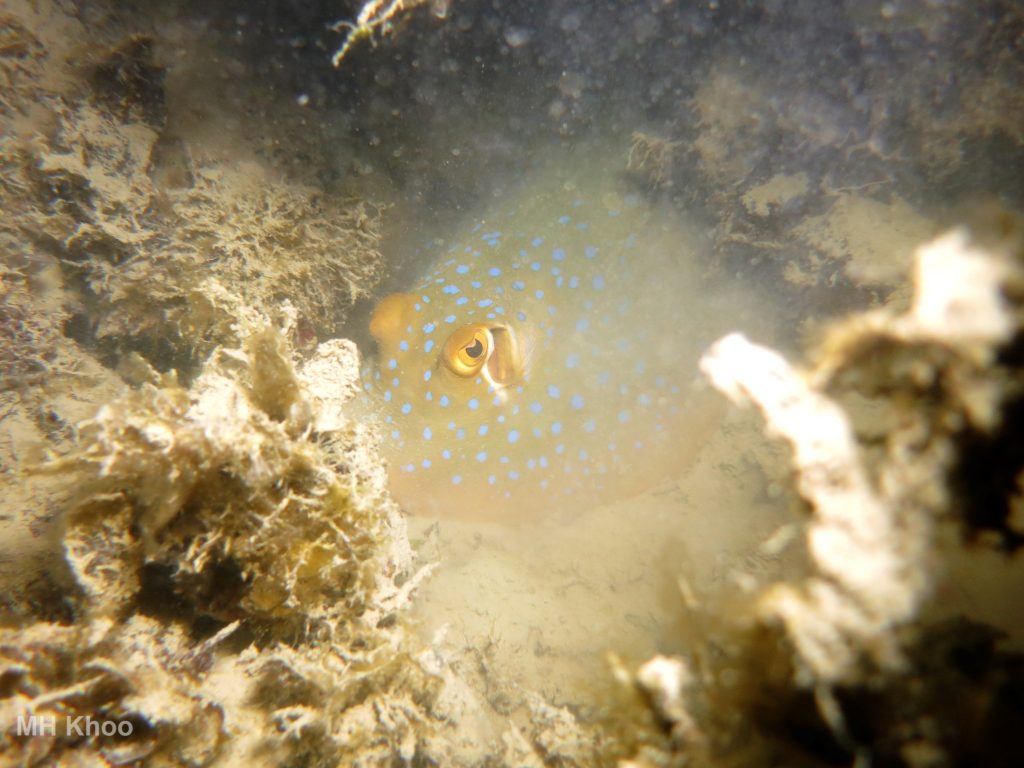
Having had the luck to have done a few coral spawning dives, I’ve learned about how precisely timed the egg release can be for the different genus of corals, and got to witness a different pattern of spawning for the genus of coral that I had not seen before.
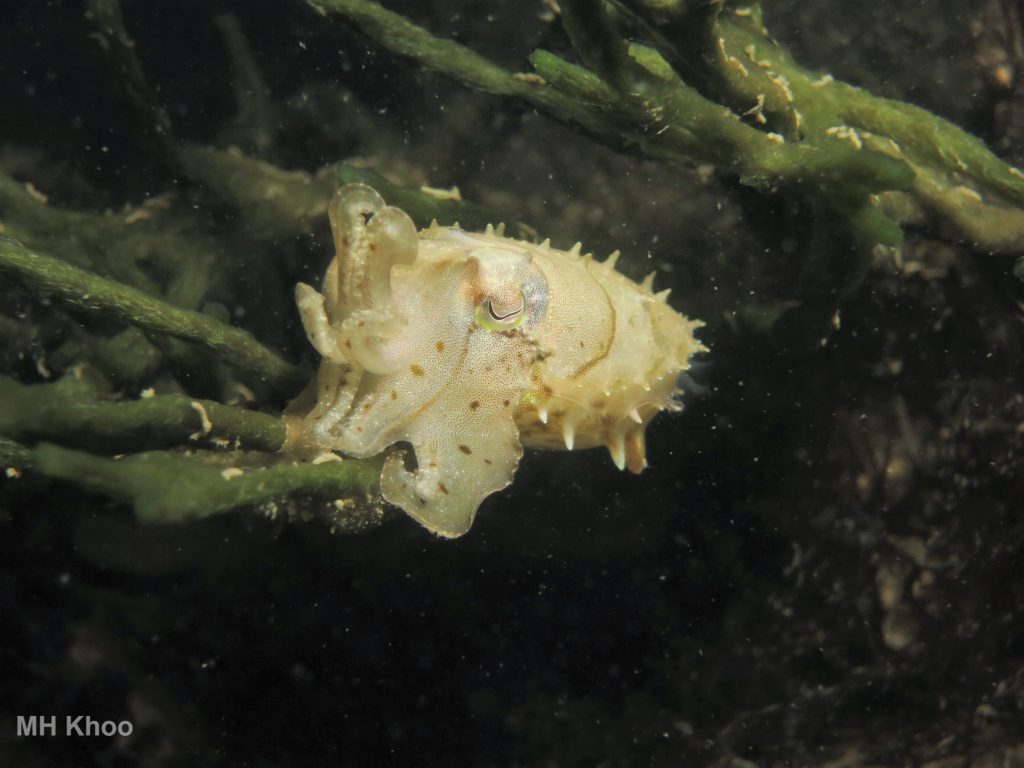
 Posted in
Posted in 



 content rss
content rss
COMMENTS